Sago problemâ¦any ideas?
evilscott
10 years ago
Related Stories

FURNITUREThe Classic Slipper Chair: A Handy Accent for Any Room
14 great ideas for using this superbly versatile armless chair around the house
Full Story
DECORATING GUIDESHow to Turn Almost Any Space Into a Guest Room
The Hardworking Home: Murphy beds, bunk compartments and more can provide sleeping quarters for visitors in rooms you use every day
Full Story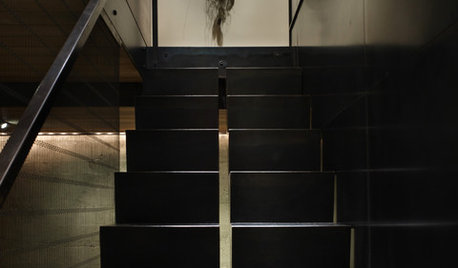
Stair Flair: Staircases Unlike Any Other
Make Each Step Count with Tiles, Paint, and Unique Materials
Full Story
DECORATING GUIDESDecorating Around the World: British Style Charms Any Home
Whether you want country home style or the look of a luxurious loft, something British might be just your cup of tea
Full Story
SMALL SPACESHow to Make Any Small Room Seem Bigger
Get more from a small space by fooling the eye, maximizing its use and taking advantage of space-saving furniture
Full Story
MOST POPULAR12 Key Decorating Tips to Make Any Room Better
Get a great result even without an experienced touch by following these basic design guidelines
Full Story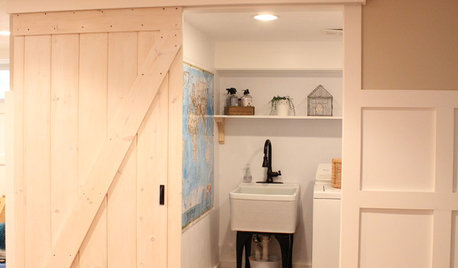
DIY PROJECTSMake Your Own Barn-Style Door — in Any Size You Need
Low ceilings or odd-size doorways are no problem when you fashion a barn door from exterior siding and a closet track
Full Story
LANDSCAPE DESIGNKoi Find Friendly Shores in Any Garden Style
A pond full of colorful koi can be a delightful addition to just about any landscape or garden
Full Story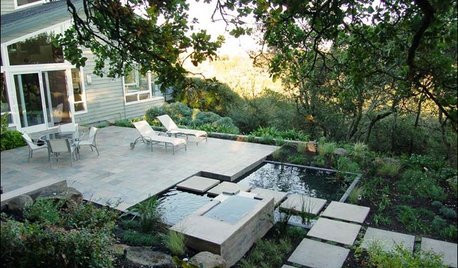
LANDSCAPE DESIGNHow to Look Good From Any Angle (the Garden Edition)
Does your garden pique interest from one vista but fall flat from another? These tips and case-study landscapes can help
Full Story
KITCHEN DESIGNCoffee Bars Energize Any Room
Love coffee? Wake up to these great designs for a café-style area in the kitchen, guest room and even bathroom
Full StoryMore Discussions






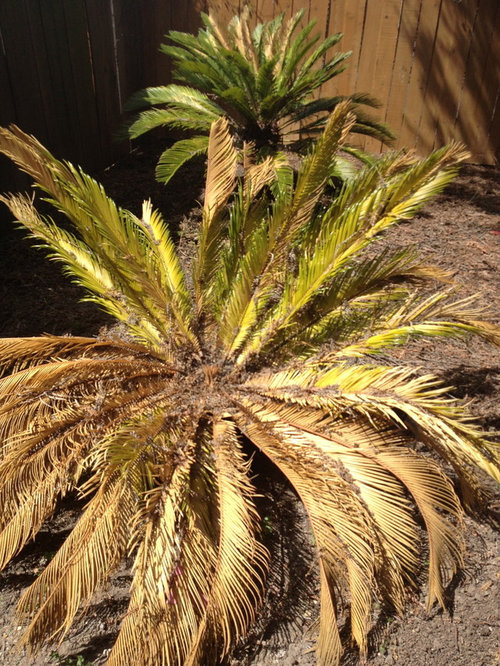
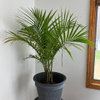
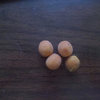
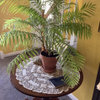
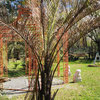
evilscottOriginal Author
xerophyte NYC
Related Professionals
Garden City Landscape Architects & Landscape Designers · Parole Landscape Architects & Landscape Designers · Tempe Landscape Contractors · Annandale Landscape Contractors · Broadlands Landscape Contractors · East Hanover Landscape Contractors · Flagstaff Landscape Contractors · Huntley Landscape Contractors · Mendota Heights Landscape Contractors · Costa Mesa Window Contractors · Brookfield Window Contractors · Mokena Window Contractors · Orlando Window Contractors · Pedley Window Contractors · Seattle Window Contractorstropicalzone7
evilscottOriginal Author
nick1427d
xerophyte NYC
jimhardy
keylyn
theseventhlegend
evilscottOriginal Author
keylyn
carrie84121